The recent coverage of seasonal tree pollen allergies on Countryfile Diaries was really good, but as is the usual thing with TV, you miss out on so much of the actual filming. You guys only get a snapshot. But I got so much information and learnt so much from Shenagh Hume, the garden expert who is an allergy nurse and landscape gardener who specialises in low pollen gardens.
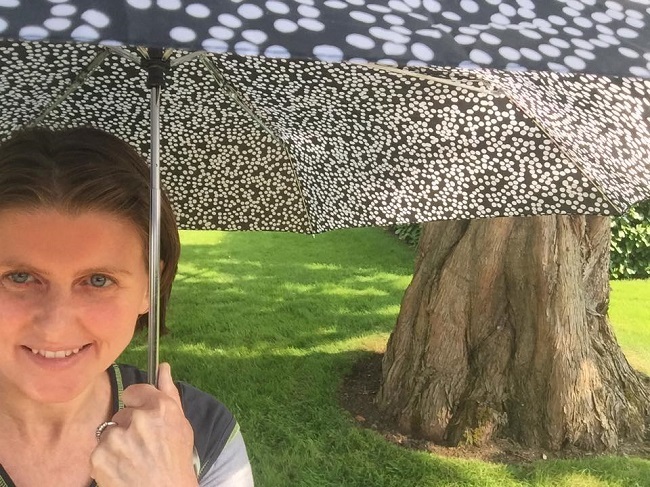
There isn’t currently a widely available cure for hay fever. Immunotherapy or allergy shots can help lots of people, but if, like me, you also have asthma, the NHS won’t even consider you for the treatment.
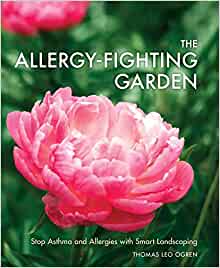
Before you get too excited, there is also no such thing as a pollen free garden. Nor would we want that. Pollen and pollination is vital for our world to survive, so we just need to find ways of living with the endless pollen production. Easy! If only it were.
So how can you reduce your hay fever symptoms so you have less runny, itchy eyes, rhinitis and asthma?
Watch Countryfile Diaries Tree Pollen special here for some insight into why where is such a rise of hay fever, particularly in urban areas and what you can do reduce your symptoms. I’m really rather good if I do say so myself.
The episode is called BBC Countryfile diaries – ‘Series 1: 5. A Window on Summer’.
- Remember your umbrella – It’s a good ‘allergy analogy’ to get the point across. When it’s raining you take an umbrella, otherwise you could be in for a soaking. It’s the same with pollen. If you don’t cover up you will be covered and I mean covered in billions of microscopic pollen particles. 1 mature tree will produce millions of microscopic grains. Beverley Adams Groom from the National Pollen Unit at Worcester University demonstrates how much pollen there is in just one birch catkin. They are tiny, smaller than many other pollens, and will rain down on you relentlessly, your eyes, your face, your hair, your clothes
- Get a wide brimmed hat – sounds simple but it will work just like that umbrella and look cool. Wide brimmed summer hats are all the rage.
- Learn what the trees you’re allergic to look like – This may sound obvious but it applies to nuts too. I say this to allergy mums, I totally agree with keeping all nuts away from a nut allergic child but if they don’t actually ever see a nut the won’t know what they look like in their raw state. Get pictures and learn. It’s the same with trees. Learn which trees produce the pollen you’re allergic to and avoid being near them when they’re pollinating – if you can. And never sit under one! The business park where I work is lined with ranks of marching birch tree soldiers, down every road… as far as the eye can see. No wonder I have had such a painful start to the year with my early morning walks. Morning birch pollen! Come and get me.
- Don’t sit under trees that carry pollen – Again this might sound obvious, but all trees carry pollen. If you’re allergic to birch or any other tree pollen, you may also react to others. Don’t sit under trees during pollination. Sit under a garde umbrella or awning if you’re avoiding the sun.
- Flowers – As Shena pointed out on Countryfile Diaries. Flowers are good. Not all flowers as some do have higher pollen than others, but generally if they have a petal structure that means bees have to work hard to dig around for pollen and climb inside the flower itself they are better. The pollen in flowers is stickier than tree pollen so that it sticks to the bees and other insects who help with pollination. So flowers – as a general rule – are good. To find out which flowers have the least pollen read The Allergy fighting garden, the link is included below.
- Bees – All gardens should have lots of bees. I love bees. If you stick to plants that attract bees you won’t go far wrong. e.g. Lavender, clematis etc.
- Colour – The more colourful plants are generally the less allergenic. I’m sure, as always, there are exceptions to the rule, but it’s a good one to follow.
- Trim and prune – You’ve all seen the council pollard trees. If you do have a beautiful but allergenic tree in your garden, hire someone to remove the pollen for you. It won’t harm the tree and will mean drastically less pollen in your immediate vicinity.
- Avoid windy days – Easier said than done and you may already have known this, but in urban areas where there are a lot of hard surfaces, the wind can make things ten times worse by blowing up the fallen pollen from the ground to mix with the new ever falling pollen from the trees. They can shed pollen for months… so it makes for a nasty cocktail of allergens in towns and cities.
- Wraparound glasses – Not only are they cool as cats but wraparound sunnies could help to keep quite a lot of pollen off your eye lashes, brows and most importantly, those delicate eyes.
- Remove grasses – If grass starts growing in your garden, remove it before it starts to grow and get close to its pollen season, typically this starts in May/June. If you’re allergic to grass you probably don’t know which grass or whether it’s all grasses, we don’t get that kind of detail with a diagnosis. Keep grass to a minimum in your garden to create a safe haven.
- Avoid having a lawn if you’re grass allergic – Consider landscaping your garden to remove the lawn and replace with gravel, raised beds etc. but not hard surfaces everywhere as this can be a hiding place for pollen to sit, waiting for the wind to give it a new lease of life.
- Mow the lawn often – Now this sounds crazy, and I’m not saying you should mow the lawn if you have a grass allergy, but keeping the grass short will reduce pollen from your lawn. It’s as simple as that. Get someone else to mow the lawn if you’re allergic to grass.
- Cover up – This might seem obvious, but if you are going to go outside on a high pollen day consider covering up more, especially if it’s windy. Wear long sleeves and cover your hair with a scarf or hat. If you plan to do some gardening this is especially important and will reduce any contact allergic reactions.
- Pollen counts may get more detailed – A lot of work is being done to give us much more detailed pollen counts. Imagine if we could be told it’s a high birch pollen day but low hazel. For people allergic to a certain tree it would really help as the tree pollen seasons are changing and extending as the planet warms up.
- Keep your garden tidy – if pollen falls on the soil it gets absorbed but if it falls on tarmac, stone or smooth man-made surfaces it can stay around for some time. Keep patios clean by dampening down dusty areas and sweeping up the pollen etc. Get someone else to do this ideally! or wear a mask to avoid breathing in any pollen.
- The Allergy fighting garden – Get hold of a copy of this brilliant book, The Allergy-Fighting Garden: Stop Asthma and Allergies with Smart Landscaping
Female trees don’t produce pollen – This is one for the experts or budding garden geeks and it’s a general rule, there are always exceptions. Take the Juniper for instance. The female plant produces the fruit and the male tree produces the pollen. So if you can choose female trees for your garden you would decrease the amount of pollen. Don’t ask me how to sex a tree! I have no idea but your local garden centre or gardener should, if they’re any good at their job. Almost all male trees produce the pollen. Once again we can blame men :.
- Remove – last resort – I hate to see any tree being cut down, but if a highly allergenic tree is making your home life a misery, consider having it cut down, outside pollen season. Just promise you will plant something else beautiful in its place.
- Learn to love those overcast days – You know those cool spring days when the sun doesn’t come out and it’s cloudy. Learn to love these because tree pollen needs warmth to pollinate. On cold days, the pollen is not distributed so any day that’s overcast is a dream for someone with hay fever. Forget the sun worshipping and pray to the god of clouds. OK I know, who I am I kidding. We all love the sun on our skin, but if you’re planning a country walk for instance, or a day of gardening – choose an overcast day with less wind and you’ll be far less likely to have an allergic reaction.
So here endeth my lessons learnt about hay fever, gardens and plants. Thank you BBC and Shenagh Hume, Garden Designer, for giving me this experience and such a great chance to be involved with one of my favourite programmes, Countryfile… even if it is the smaller Countryfile diaries.
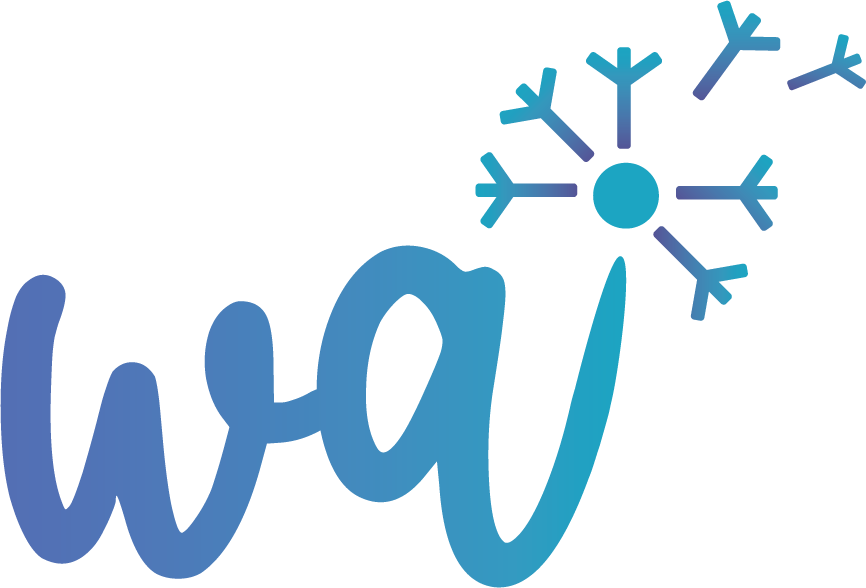


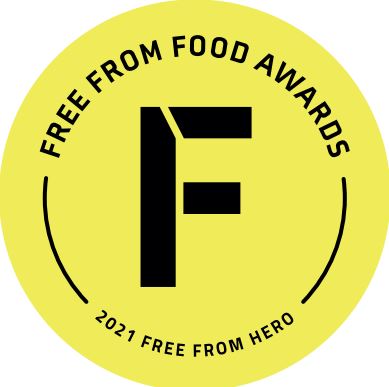


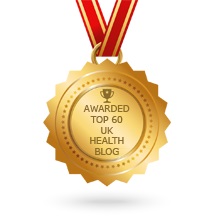


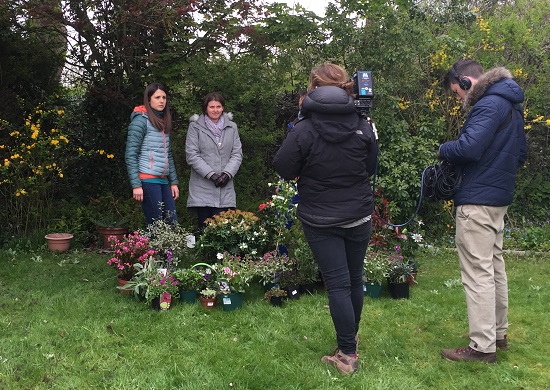
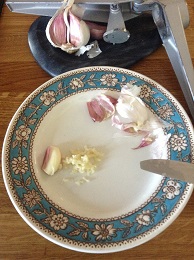
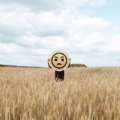
[…] I learnt loads about this last year when I was on Country File Diaries in a hay fever special. You can read the top 20 things I learnt here in 20 things you can do to reduce your hay fever… […]